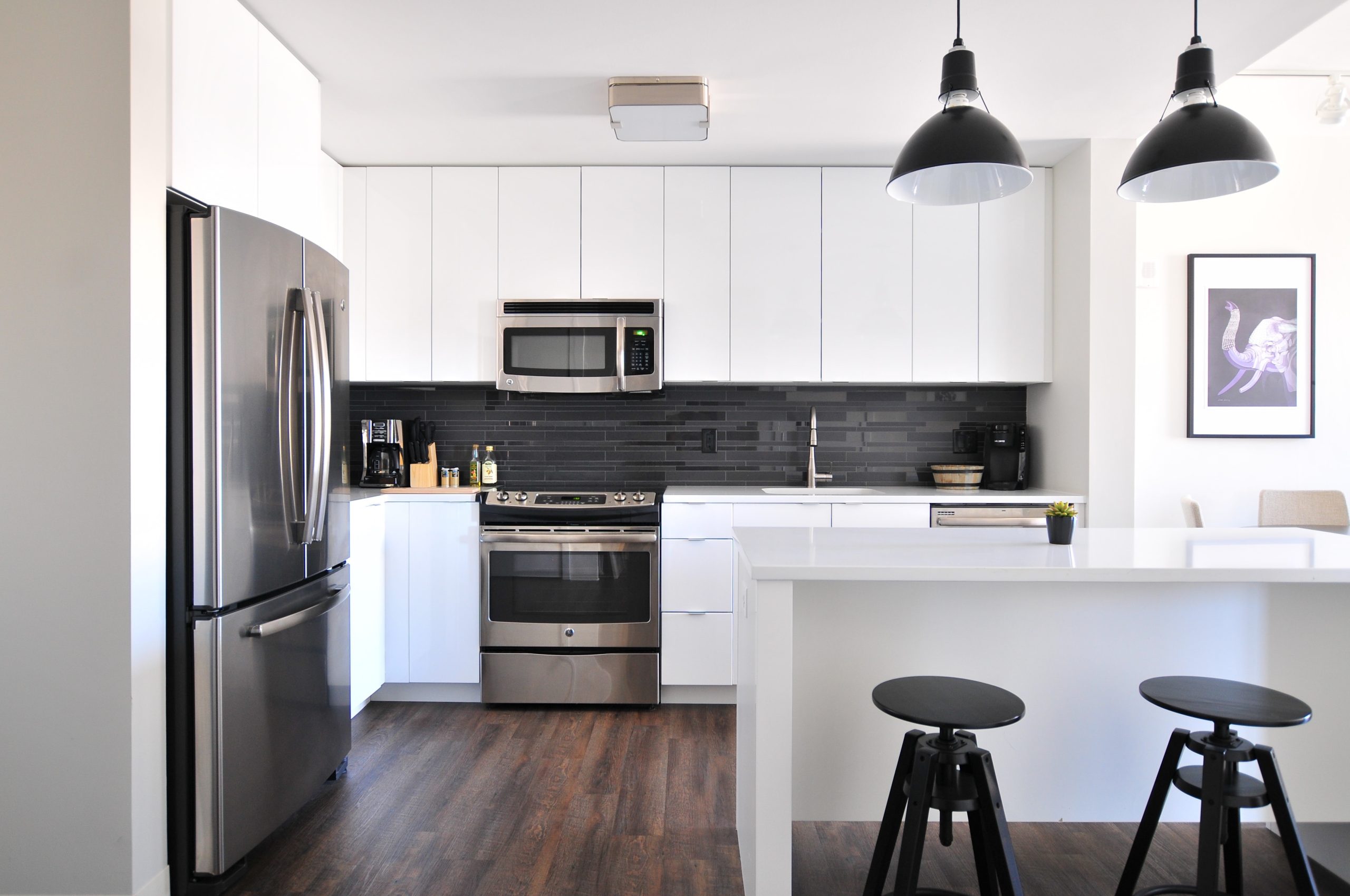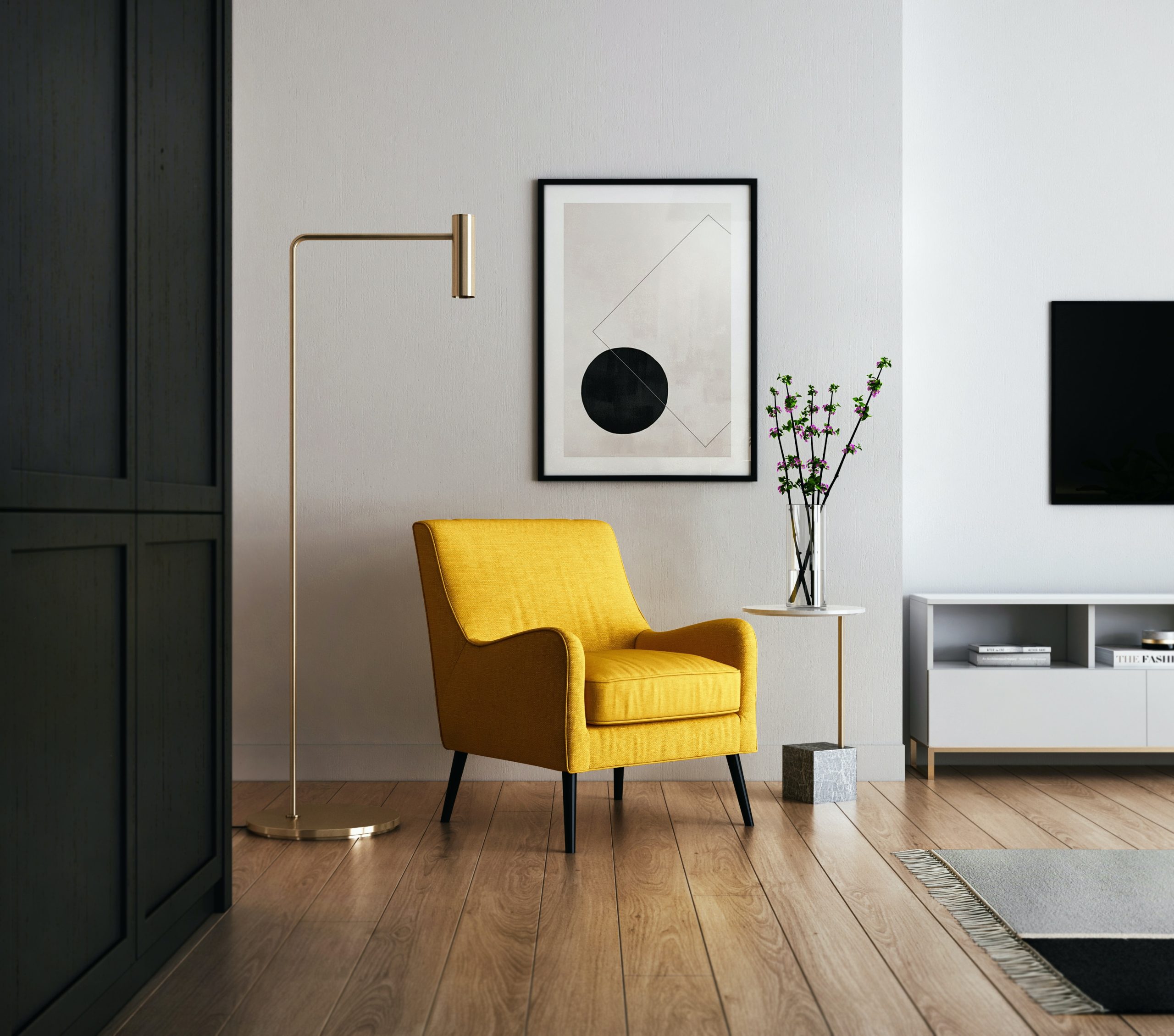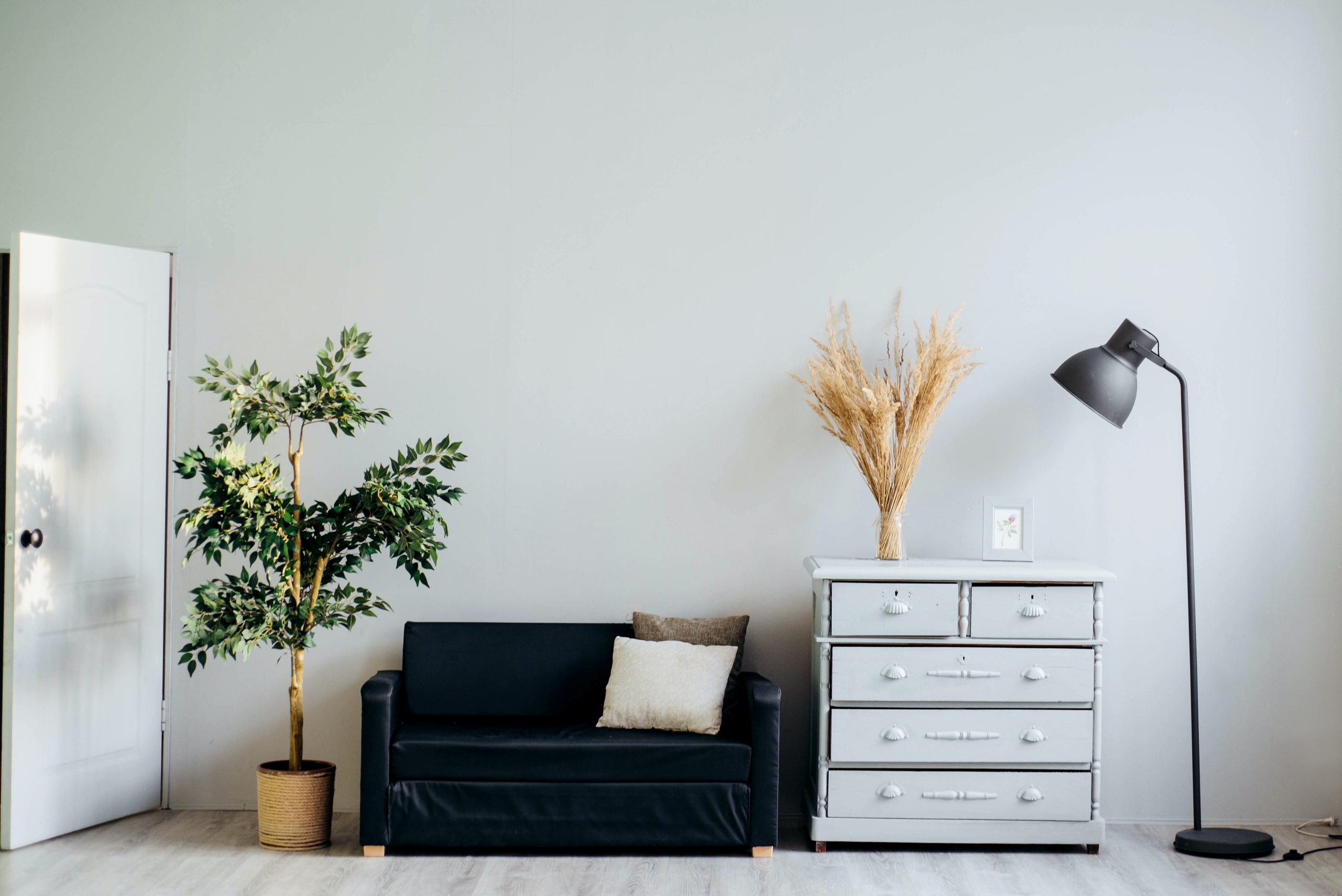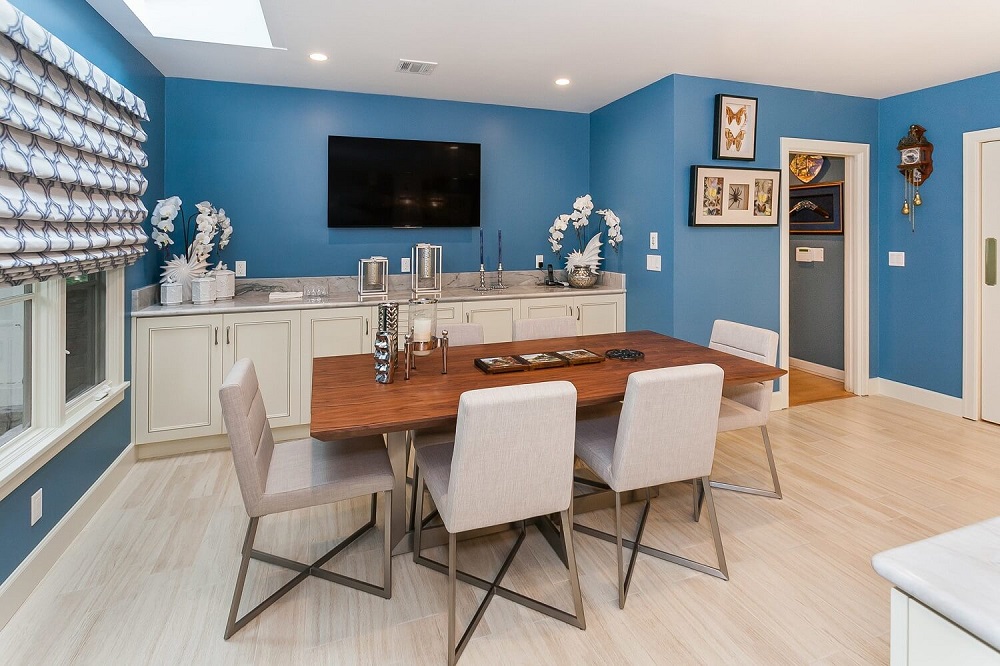
If you’re a homeowner in San Francisco or the Livermore, CA, you understand the challenges of finding additional space in your home. With limited land and high property values, homeowners often consider home addition plans to gain more living area. Planning a home addition can seem overwhelming, but with the proper guidance, it can be a smooth and rewarding process. In this comprehensive guide, I’ll take you through everything you need to know to master the art of home addition plans.
San Francisco and the Livermore, CA are known for their vibrant cultural scene, mild climate, and eclectic architecture. San Francisco is a city that is constantly evolving and adapting to the needs of its residents. The Livermore, CA is a diverse region that includes cities like Livemore, Berkeley, and San Jose, each with unique neighborhoods and architectural styles.
When planning a home addition in this area, it’s essential to understand the local building codes and zoning regulations. Depending on the location and type of addition, you may need to obtain permits from the local authorities. This is where working with a professional architect or contractor can be helpful.
What is Home Addition?
A home addition is a construction project that adds living space to an existing home. Homeowners choose to add a room or an entire floor to their home to accommodate growing families, create additional living space, or increase the value of their property.
A home addition can take many forms, from a simple bump-out to a full second story. The type of addition you choose will depend on your needs, budget, and property constraints. Working with an experienced architect or contractor is essential to help you navigate the planning and construction process.
Benefits of Planning a Home Addition

There are many benefits to planning a home addition. First and foremost, a home addition can increase the living space in your home, allowing you to accommodate growing families or create additional living areas. It can also increase the value of your property, making it a wise investment.
A home addition can also improve the functionality and flow of your home. For example, adding a second story can allow you to move bedrooms upstairs and create a more open and spacious living area on the ground floor. An addition can also be an opportunity to update and modernize your home’s design.
Where to Start with Home Addition Planning
Before you begin planning a home addition, it’s essential to assess your needs and goals. Ask yourself what you hope to achieve with the addition. Do you need more bedrooms or living space? Are you looking to increase the value of your property? Once you have a clear idea of your goals, you can begin to plan the addition.
It’s also important to consider the constraints of your property. Factors like zoning regulations, lot size, and the proximity of neighbors can all impact the design and construction of your addition. Working with an experienced architect or contractor can help you navigate these challenges and create a design that meets your needs and complies with local regulations.
How to Plan a Home Addition – Step-by-Step Guide

- Determine your goals and needs – Start by assessing your current living space and identifying areas that need improvement. Consider your long-term goals and how an addition can help you achieve them.
- Consider your property constraints – Consider factors like zoning regulations, lot size, and the proximity of neighbors. These will impact the design and construction of your addition.
- Choose a design – Work with an experienced architect or contractor to create a design that meets your needs and complies with local regulations. Consider factors like your home’s style, the space’s functionality, and the overall budget.
- Develop a budget – Once you have a design, develop a budget for the project. Consider factors like the cost of materials, labor, and permits.
- Obtain permits – Depending on the location and type of addition, you may need to obtain licenses from the local authorities. Your architect or contractor can help you navigate this process.
- Hire a contractor – Once you have a design and a budget, hire a contractor to begin construction. Choose a contractor with experience in home additions and a proven track record of success.
- Monitor the construction – Stay involved in the construction process to ensure the project stays on track and meets your expectations.
Factors to Consider When Planning a Home Addition
When planning a home addition, there are several factors to consider. These include:
- The style of your home – Choose a design that complements the style of your home.
- The functionality of the space – Consider how the addition will be used and design the space accordingly.
- The overall budget – Develop a budget for the project and stick to it.
- The impact on your property value – Consider how the addition will impact the value of your property.
- The local zoning regulations – Ensure that your design complies with local regulations.
Home Addition Plan – Types and Styles

There are many types and styles of home additions. The type of addition you choose will depend on your needs, budget, and property constraints. Here are some of the most common types of home additions:
- Bump-out – A bump-out is a small addition that expands a single room, such as a kitchen or bathroom.
- Sunroom – A sunroom is a glass-enclosed room that allows for natural light and outdoor views.
- Second story – A second-story addition adds an entire floor to your home, typically including bedrooms and bathrooms.
- Garage conversion – A garage conversion involves converting an existing garage into a living space.
- In-law suite – An in-law suite is a self-contained living space for extended family members or guests.
Working with a Professional Architect for Home Addition Plan
When planning a home addition, working with an experienced architect or contractor is important. An architect can help you navigate the design and construction process and ensure that your addition meets your needs and complies with local regulations.
When choosing an architect, look for someone with experience in home additions and a proven track record of success. Ask for examples of their work and speak with past clients to understand their communication and project management skills.
Budgeting for Home Addition Plans

Developing a budget for a home addition can be challenging, as costs can vary widely depending on the size and complexity of the project. It’s essential to work with an experienced contractor to develop a realistic budget that considers all of the project’s costs, including materials, labor, permits, and any unexpected expenses.
When developing a budget, it’s also essential to consider the potential return on investment. A well-designed and executed home addition can increase the value of your property, making it a smart investment in the long run.
Common Mistakes to Avoid in Home Addition Planning
When planning a home addition, there are several common mistakes to avoid. These include:
- Failing to obtain permits – Failure to obtain the necessary permits can result in fines and legal issues.
- Underestimating the budget – Home additions can be expensive, and it’s important to develop a realistic budget and stick to it.
- Ignoring property constraints – Zoning regulations, lot size, and the proximity of neighbors can all impact the design and construction of your addition.
- Choosing the wrong contractor – Choosing an inexperienced or unqualified contractor can result in delays, cost overruns, and subpar workmanship.
Obtaining Permits for Home Addition Plan
Depending on the location and type of addition, you may need to obtain permits from the local authorities. This process can be complex and time-consuming, but ensuring that your addition complies with local regulations and is safe for your family and neighbors is important.
Working with an experienced architect or contractor can help you navigate the permit process and ensure that all necessary permits are obtained promptly and efficiently.
Conclusion – Mastering the Art of Home Addition Plan
Planning a home addition can seem overwhelming, but it can be a smooth and rewarding process with the proper guidance. By assessing your needs and goals, considering the constraints of your property, and working with an experienced architect or contractor, you can create a design that meets your needs and complies with local regulations.
Develop a realistic budget, obtain the necessary permits, and monitor the construction process to ensure the project stays on track and meets your expectations. With these tips, you’ll be well on your way to mastering the art of home addition plans.






